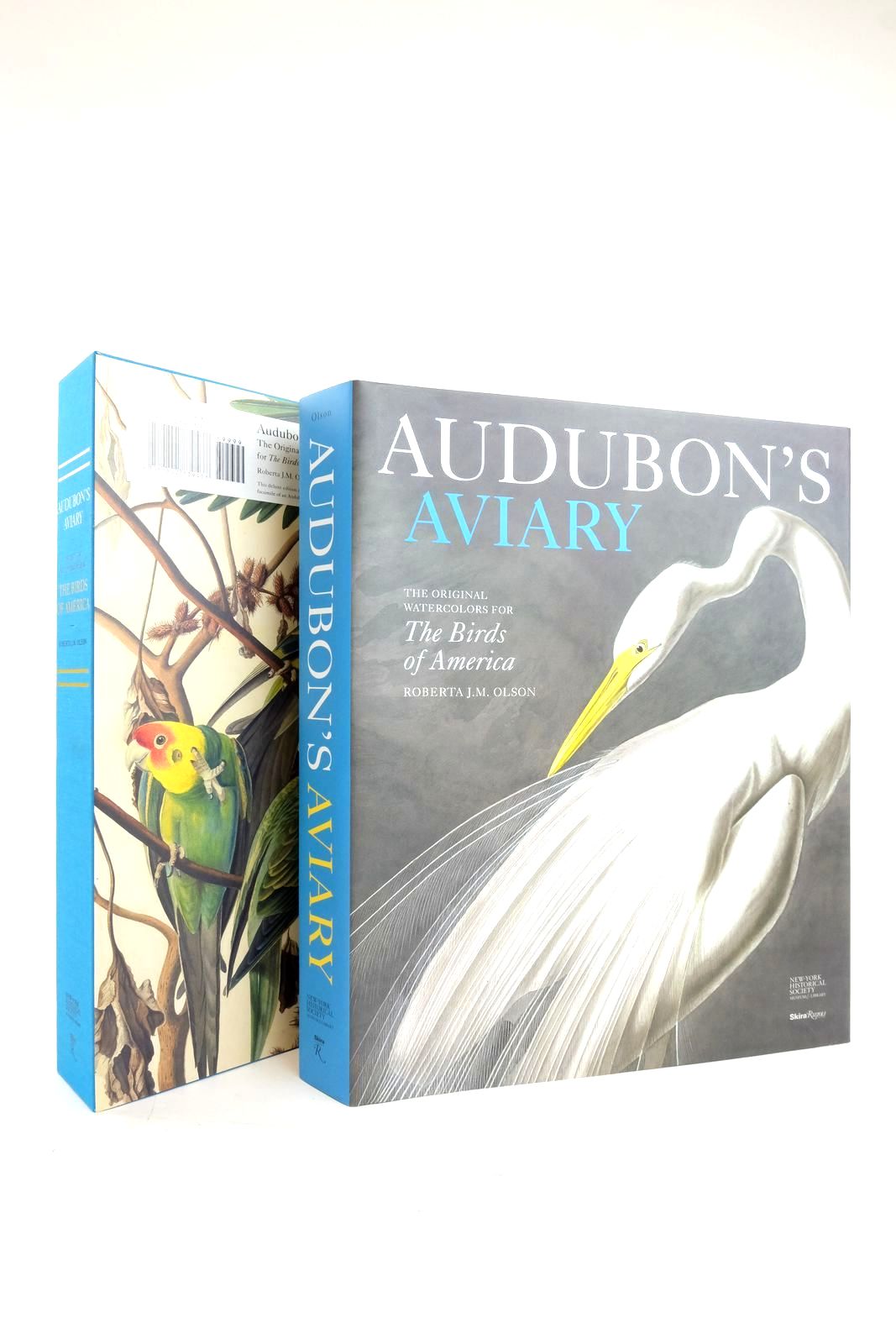Audubon's Birds of America
Birds of America was first published as a series during 1827-1838 and is the result of more than 14 years of field observation and drawings by John James Audubon (1785-1851) who was a naturalist, painter and ornithologist.
Audubon's birds were drawn from real models. He would first find and shoot the bird using fine shot and then use wire to position the bird into a natural pose. This is different from the common method of many ornithologists who would prepare and stuff the body into a rigid pose. When working on a large specimen, for example an eagle, he would spend up to four 15 hour days preparing it, studying it and sketching it. The birds were drawn life-size and this is the reason some of the birds appear to be in a contorted pose as he struggled to fit the bird on the page!
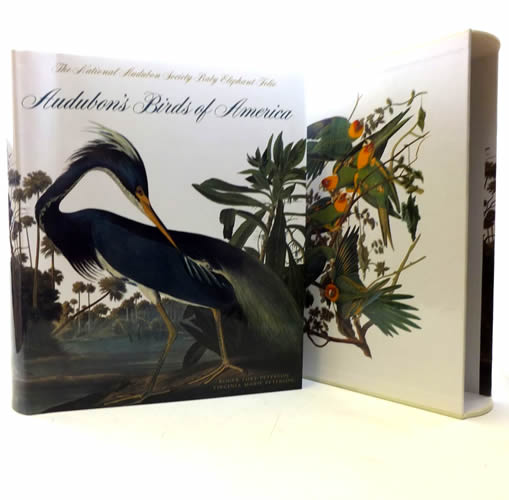

Joseph Mason was Audubon's assistant, and he drew plant-life backgrounds for some 50 of the bird studies. This plant-life was true to form according to the species.
In America, Audubon found little interest in publishing his work and so in 1826 he set sail for the UK with his partly finished collection of over 300 drawings where they were received with great enthusiasm at the height of Europe's Romantic Era.
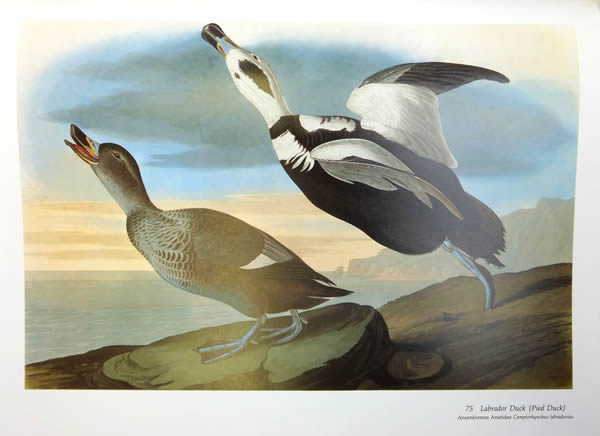
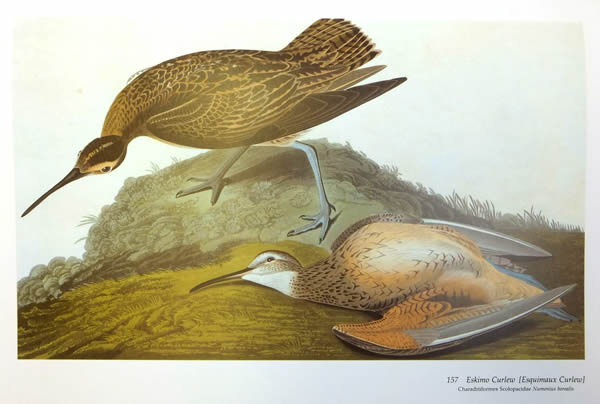
Accomplished engraver William H. Lizars engraved up to 10 of the first plates. He was unable to continue when his colourists went on strike. Audubon then commissioned animal engraver Robert Havell Jr to complete the project with success in 1838, using aquatint which was later largely superceded by lithography. Over 50 colourists were hired to apply each colour in assembly line fashion. The plates were organised for artistic effect, as if the reader was being taken on a bird tour, and not alphabetically or scientifically.
The original edition of Birds of America, also known as the Havell Edition, is sometimes called the 'Double Elephant Folio' due to its size: it was printed on handmade paper 39.5” high x 28.5” wide. It consists of 435 hand coloured life size prints (39” x 26”) of 497 bird species made from hand-engraved copper plates. The work contains slightly more than 700 North American bird species. This volume has a hefty weight of 56 pounds (25.4kg)!
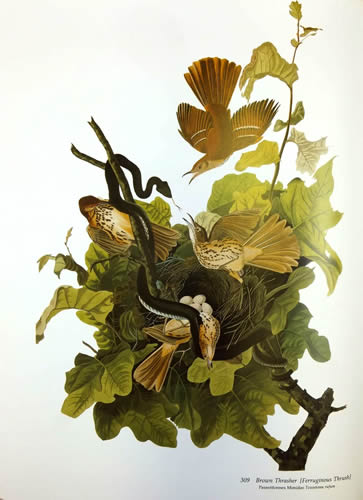

The volume includes 6 now extinct birds: Carolina Parakeet, Passenger Pigeon, Labrador Duck, Great Auk, Eskimo Curlew and Pinnated Grouse.
This modern 'Baby Elephant' Folio edition, published in 1990 by Abbeville Press, is 15.5” high x 12” wide x 2.75” deep. So no 'baby' on any account!
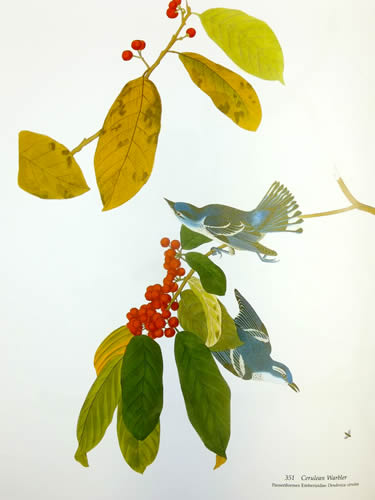
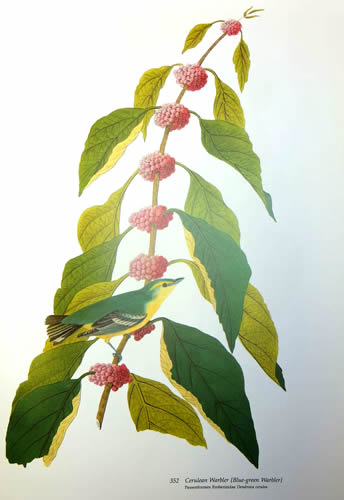
The magnificent engravings within this edition have been, for the first time, reorganised following the modern phylogenetic order for birds, the standard scientific classification sequence. The scientific name and common name have been brought up to date, with the original name given by Audubon also included.
It is quite simply a stunning book.
Contributed by Sonia
(Published on 1st Oct 2016 )


